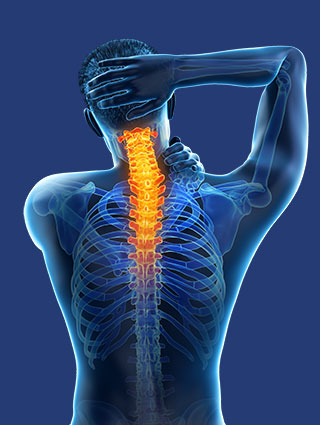Have you ever experienced a sudden, searing pain in your face that feels like an electric shock? The kind of pain that can make everyday tasks like brushing your teeth or sipping a hot beverage an agonizing challenge? Do routine, mundane activities like chewing, talking, or even a gust of wind against your face trigger stabbing pain without apparent cause? An Upper Cervical Chiropractor in Redwood City is no stranger to these reports from patients who suffer from trigeminal neuralgia.
Trigeminal neuralgia is a source of considerable discomfort, especially among older people. The trigeminal nerve, crucial for facial sensations and movements, becomes a culprit when damaged, compressed, or pinched, leading to trigeminal neuralgia. This pain disorder typically affects individuals in their late 50s, although it can occur in those in their 20s to 30s. The condition results in challenges in moving facial and jaw muscles, disrupting daily activities.
Trigeminal neuralgia can be classified into classical and symptomatic types. The classical type presents episodes without an apparent trigger, while the symptomatic type links pain to underlying causes such as Lyme disease, tumors, multiple sclerosis, meningitis, or aneurysms.
Diagnosing trigeminal neuralgia is challenging due to symptoms often resembling common dental issues. Indicators include sharp, stabbing, or searing pain in the face, jaw, gums, or teeth triggered by facial or jaw movements. Mental health concerns can also arise due to persistent pain.
Trigeminal neuralgia amplifies every facial movement or sensation, converting even the slightest actions like drinking water or applying makeup into excruciating waves of pain lasting hours. Beyond physical discomfort, the disorder can induce mental health challenges, with the fear of impending episodes often overshadowing the pain itself.
Living with this condition can disrupt daily activities, affecting simple pleasures like dining out or conversing. Coping mechanisms become imperative to mitigate the impact on socialization, work, and overall quality of life.
Several remedies exist for managing trigeminal neuralgia pain, each with its considerations. Below are some you can explore:
The conventional approach involves pain relievers that block pain signals, offering quick but short-term relief suitable for urgent tasks.
Surgical interventions like relocating or removing blood vessels may be recommended for cases where abnormal contact between blood vessels and the trigeminal nerve causes compression.
This procedure entails inserting a catheter device with a balloon to alleviate nerve pressure, blocking signal transmissions.
A natural and non-invasive option involves seeking Upper Cervical Care from a trigeminal neuralgia chiropractor. This approach addresses neck misalignments contributing to nerve compression or pinching.
Among holistic approaches, Upper Cervical Care can bring promising results for those grappling with trigeminal neuralgia. This gentle approach aims to stimulate the body's natural healing abilities, which is particularly beneficial for individuals with a history of neck or head injuries.
Consulting with an Upper Cervical Chiropractor from our office can be a transformative step toward relief. If you've endured the challenges of trigeminal neuralgia, exploring chiropractic adjustments may provide the relief you seek.
To schedule a complimentary consultation call our Redwood City office at 650-595-0500 or you can also click the button below.
If you are outside of the local area, you can find an Upper Cervical Doctor near you at www.uppercervicalawareness.com

